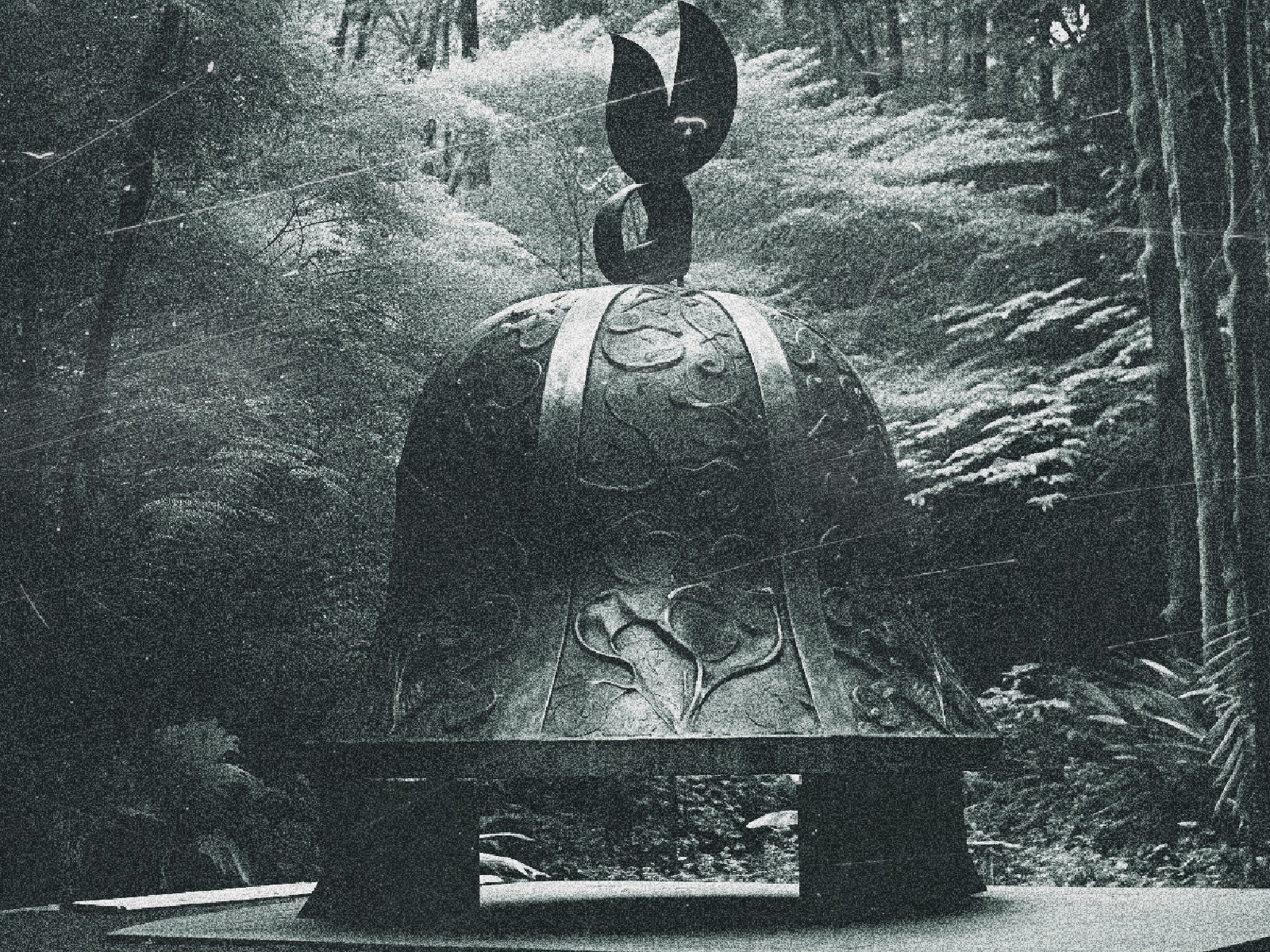Many cryptic objects from humanity’s ancient past defy explanation. These are known as OOPART (out-of-place artifacts) and continue to baffle experts. Some refuse even to acknowledge them and have claimed to debunk them with little objective evidence, but they continue to mystify us with their enigmatic existence. The mainstream doesn’t like it when you go against their narrative planned out for society, and especially don’t like it if they have to re-write history books or are proven wrong. The modern scientific community will jump through hoops to disprove anything that goes against their accepted reality, even if that means throwing the scientific method out the window. So here are four out-of-place objects that shouldn’t exist:
1: The Dorchester Pot
This odd artifact (that shouldn’t exist) was discovered in Dorchester, Massachusetts, back in 1852. A group of miners found it embedded in sedimentary rock fifteen feet deep while dynamiting. Which means it had been there for quite a long time, to put it mildly. Legitimate scientific articles of the time that still exist support this, and there is no objective reason to denounce any of the findings concerning the Dorchester Pot.
You may ask who cares about the miners finding this old pot in a rock, and the kicker is this; geologists date the rock was fully engulfed five hundred million years ago. It’s not made up of anything alien, just zinc and silver alloy. On the pot are flowers and trees that don’t link to any Native American culture or even later American settlers’ style of art. According to botanists, the plants depicted on the pot went extinct a hundred thousand years ago. Not only did modern humans not exist five hundred million years ago (obviously), but there wasn’t any animal life on dry land. The artistry and design of the pot would have needed incredible skill. Anyone who studies it wonders: just who or what could have created it?
2: The Antikythera Mechanism
The Antikythera Mechanism is a set of three pieces of ancient bronze machinery. Discovered off the coast of Greece back in 1901, the relic was submerged under the sea for two thousand years. Covered in corrosion, these objects don’t seem like much to look at- until when up close; many signs of modern technology seem to be present in the artifacts.
More ancient artifacts were found during the underwater excavation, which seemed normal for wreckage off the Greek coast. Like sculptures, jewelry, pottery… basically the classical things you would expect to find. But the Antikythera Mechanism has baffled scientists ever since its discovery. It really is an ancient machine with thirty bronze gears bearing thousands of interlocking tiny teeth.
In its prime, the mechanism most likely resembled a swirling clock-type device with many gears and complexity that seemed impossible to exist in the classical age. Nothing similar to it would be created until the Renaissance. Experts came to the conclusion it was used to tell time and emulate celestial movement in the sky. The Mechanism also has dials that count days in sync with three different types of calendars of the era. The boat where the relic was discovered is certainly of Roman design at the peak of the Empire’s power, which makes many questions on how advanced the world would be today if the Roman Empire never fell and humanity had never descended into the Dark Ages.
3: Stone Spheres of Costa Rica
These polished stone spheres were first discovered in the 1930s. The balls were different sizes, and some are insanely heavy, in some cases weighing sixteen tons. They were originally discovered by workers clearing the jungle. The granite material, incredibly hard and resilient, were most certainly man-made. The stones resembled something perfectly symmetrical, with the majority having almost no imperfections.
Laser measurements taken at the University of Pennsylvania concluded they were 96% perfect spheres. The precise date of their creation is unknown, and many contradicting sources are on the subject. When the balls were discovered, they were commonly found in groups of twenty and were formed into straight lines, rectangles, or triangles. Oddly enough, they were found to be pointing towards Earth’s magnetic north.
Other artifacts alongside the stones date back to around 400 b.c.e. Some are inclined to believe this is a true date of their age. Some researchers conclude they go back 800-1200 b B.C. Others put their origin in the early common era. The mystery is that the technology to create the stones doesn’t exist in the time period they are said to be from.
The spheres would have required advanced knowledge of mathematics as well as incredibly sophisticated masonry tools. Also, the ability to transport these massive spheres to the locations they were in and the designs they were placed in seems highly improbable based on what technology the indigenous people had. So, needless to say, they’re quite impressive Mesoamerican relics, and their true purpose and origins still remain a mystery to this day.









0 Comments